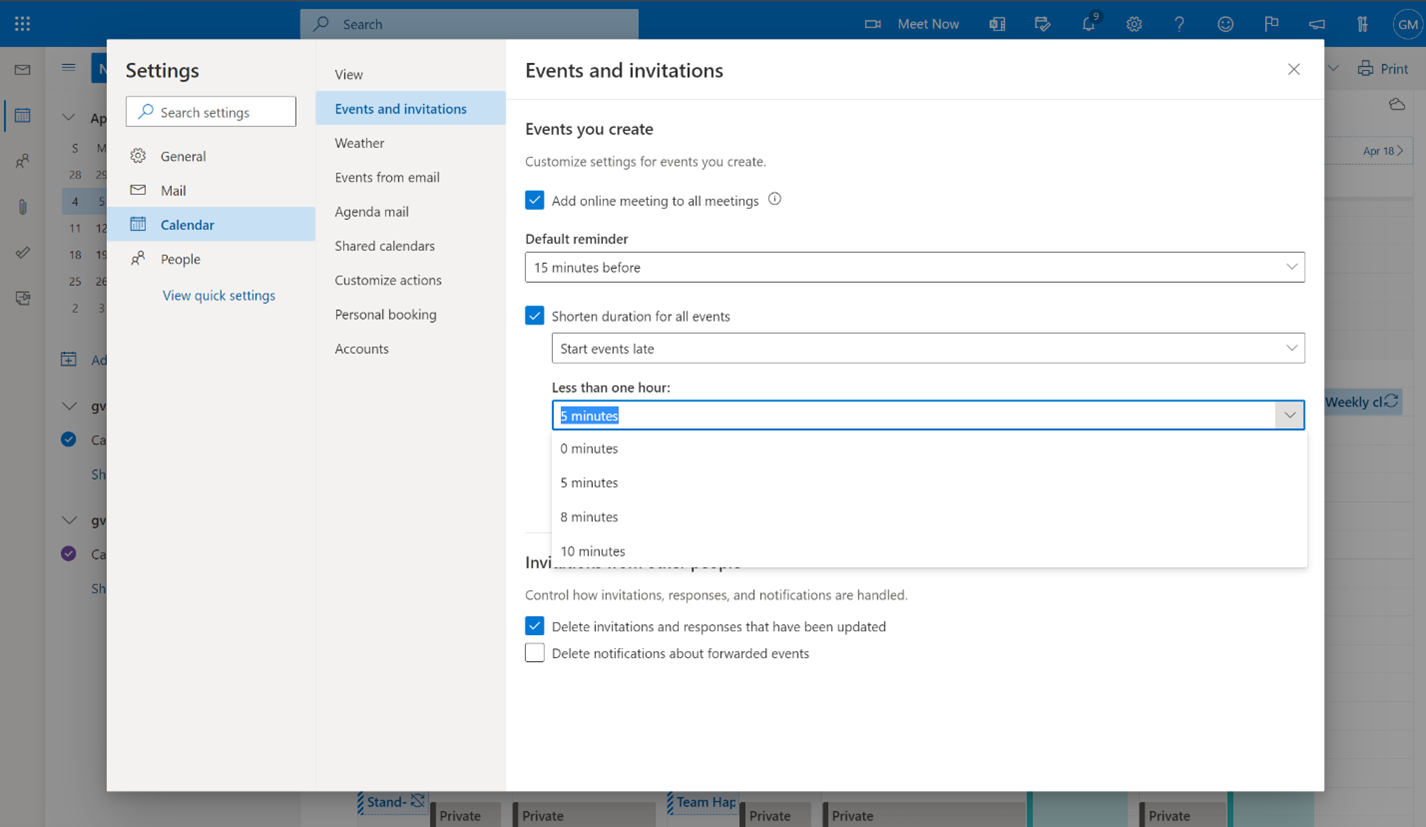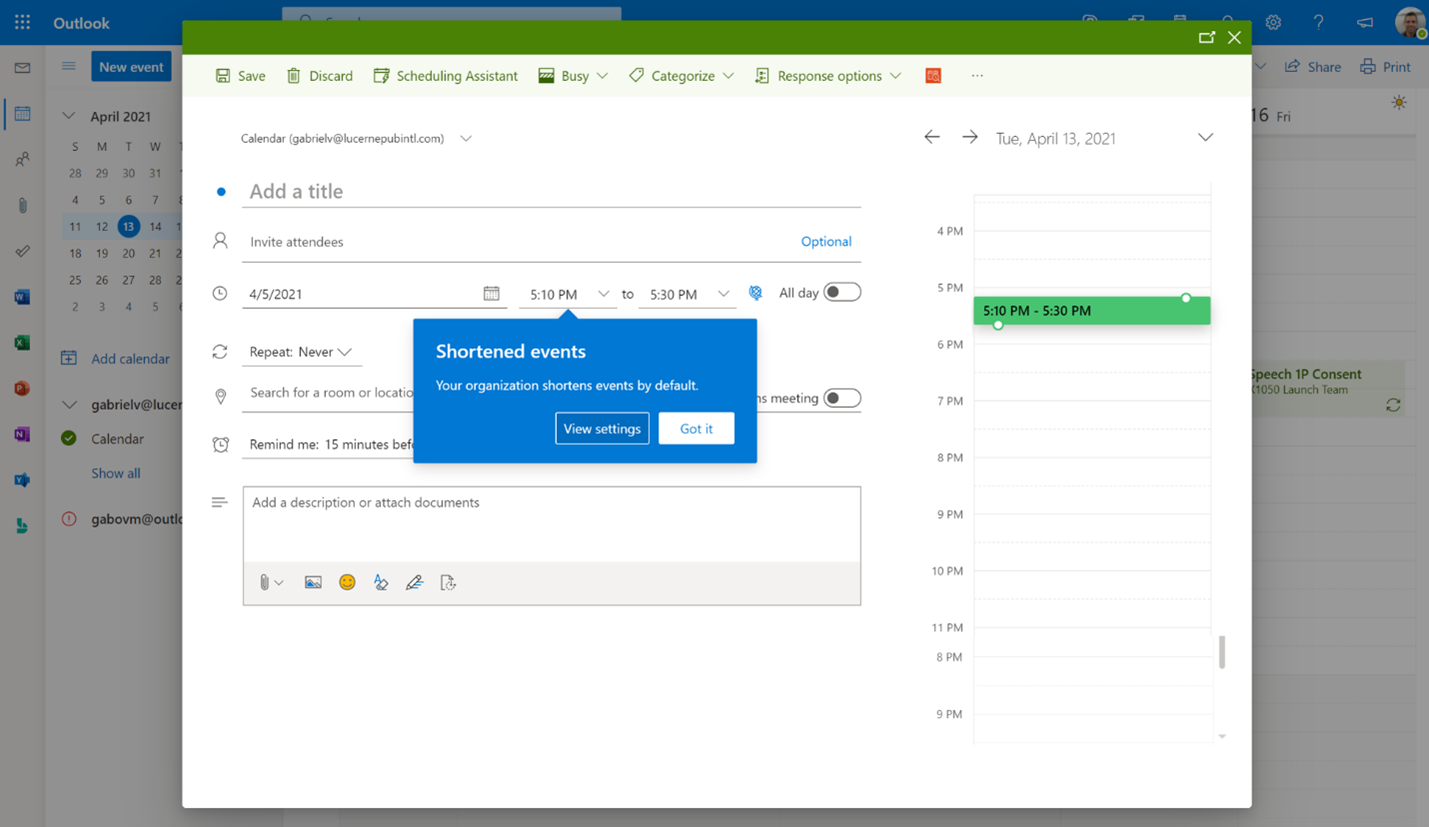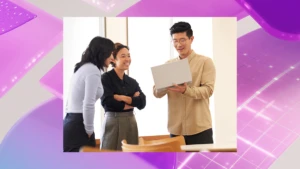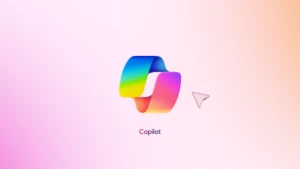
Research shows your brain needs breaks—Outlook and Microsoft Teams can help
One thing is certain: hybrid work is the future of work. People want increased flexibility and a blended work model that grants them the freedom to work when and where it’s most comfortable for them. Hybrid work can deliver a future that people want and a future that I think will be better—but that doesn’t mean the transition to this future will come without its challenges.
Last month, we released our first-annual Work Trend Index, to help equip every organization with the data needed to rewire their operating model for hybrid work. The research uncovered something crucial: more remote work is challenging our wellbeing. Digital overload is real and something has to change.
Our latest Work Trend Index research published today shows that much of this digital overload is due to back-to-back meetings with no breaks in-between. Wall-to-wall meetings increase stress and make it harder to stay focused and engaged. And our research shows that even just a sliver of time between these meetings can help.
So, we’ve created a simple remedy, and a new way to think about meetings, that will give you just a little bit of your time back—time to recharge, grab a glass of water, or simply transition more peacefully from one meeting to the next.
Creating space for breaks with Outlook
Settings in Microsoft Outlook make it easier and automatic to carve out these essential breaks between back-to-back meetings—and because we know that one size does not fit all, companies have two options.
Individuals can set scheduling defaults that automatically shorten the meetings they schedule.
And starting today, customers have the ability to set organization-wide scheduling defaults that shorten meetings and create space for breaks for everyone at the company.
The setting is easily customizable. For example, you can choose if the break is at the beginning or end of meetings. You can also choose the length of the break. For instance, it could be a five-minute break ahead of all 30-minute meetings or a 15-minute break after all hour-long meetings. Once the setting is enabled, when employees schedule meetings, the meeting start- or end-time will automatically be adjusted based on the individual or company-wide setting.

Figure 1. Individuals can change the duration of their events in the Outlook calendar settings.
If the feature is turned on at the company-level, individuals can easily change or customize the setting at any time—for an individual meeting or all their meetings. To help communicate the change, employees will also see a notification when they schedule meetings, letting them know of the organization-wide change.

Figure 2. A notification in Outlook on the web lets individuals know their organization shortens events by default.
This Outlook support page provides instructions for setting up and customizing the setting for individuals. To learn more about the organization-wide setting and how to enable it for your organization, please read our Tech Community blog.
New personal wellbeing insights in Microsoft Teams
But our strides to make people’s work experience the best it can be does not stop there. This month, we are also releasing new personal wellbeing insights in Microsoft Teams via our new employee experience platform, Microsoft Viva.
Announced earlier this year, Microsoft Viva brings together communications, knowledge, learning, resources, and insights seamlessly into the Microsoft 365 apps that you use every day. We created this platform to empower people to be their best from wherever they work. Starting next week, the Viva Insights app in Microsoft Teams will offer the following new personal wellbeing experiences:
- A reflection feature that will help you become more aware of how you’re feeling and identify patterns over time. These insights are personal and private to the individual.
- A send praise feature that will enable you to express appreciation for your colleagues and schedule praise reminders to build a habit of sharing gratitude.
- A virtual commute feature that will help you wrap up your tasks at the end of the workday, prepare for tomorrow, and transition into your personal time with peace of mind.
And later this year, a curated set of guided meditations and mindfulness experiences from Headspace will be integrated into the Viva Insights app to help you disconnect from work in the evening, relax your mind before a big meeting, or find focus before starting an important project.
Figure 3. A virtual commute coming in Viva Insights to mindfully wrap up the workday.
It’s the small things that make a big difference. We hope this research helps you guide your organization’s path forward into the hybrid work future—and we certainly have more insights coming your way. As we make this big transition as a society, establishing things like breaks between meetings will help reduce digital overload, and will, in turn, create better outcomes and a healthier work environment for your people and your organization for years to come.
Learn more
- Read more about the Work Trend Index brain research.
- Set up and customize meeting settings in Outlook.
- Learn more about organization-wide settings in Outlook.
- Read about new personal wellbeing insights in Microsft Teams through Microsoft Viva.




